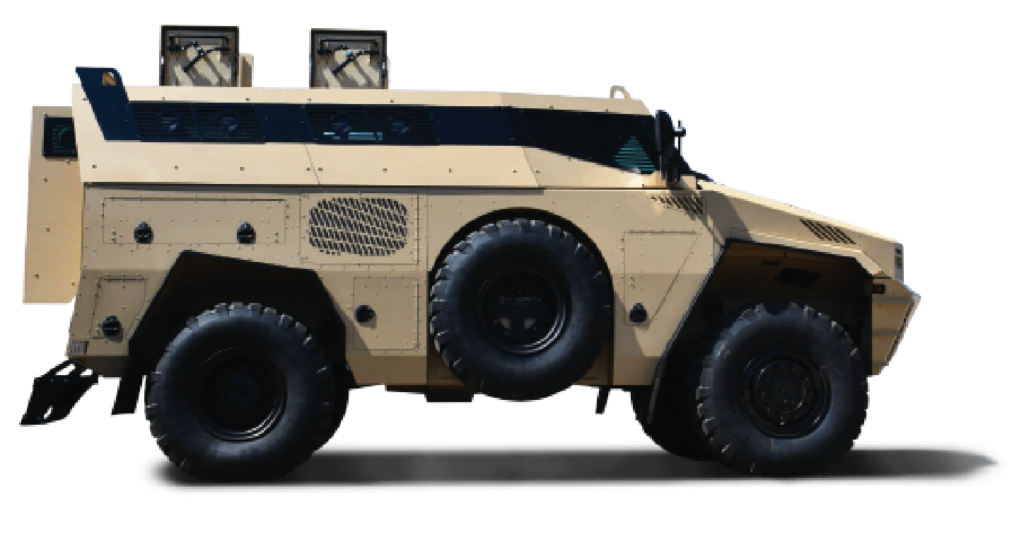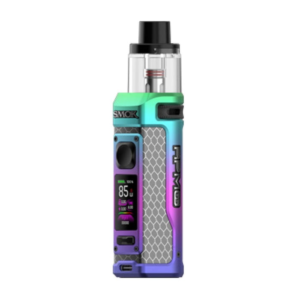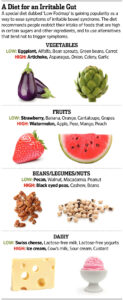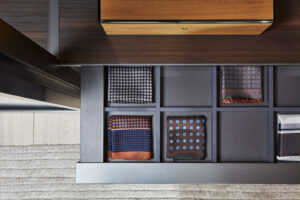Materials Used In The Manufacturing Of Armored Vehicles
2 min read
Armored vehicles are designed to withstand various types of attacks and provide maximum protection to its occupants. These specialized vehicles require specific materials that are chosen for their strength, durability, and resistance to different hazards. In this article, we will discuss the various materials used in the manufacturing of UAE armored vehicles.
High-strength steel:
High-strength steel forms the backbone of many armored vehicles. This type of steel is specifically alloyed to enhance its strength and hardness while maintaining a relatively low weight. The use of high-strength steel in critical components, such as the hull and frame, provides a robust foundation for ballistic resistance and structural integrity.
Composite armor:
Composite armor is a sophisticated combination of different materials, typically including ceramics, metals, and polymers. This composite structure offers a higher level of protection against various threats while mitigating the weight increase associated with traditional monolithic armor. Composite armor is often layered, with each layer designed to absorb and disperse energy from incoming projectiles.
Ceramic plates:
Ceramic plates are widely used in armored vehicle manufacturing, especially for their effectiveness in providing protection against armor-piercing projectiles. These plates, typically made from materials like alumina or boron carbide, are incorporated into the armor to disrupt and fragment incoming projectiles, reducing their penetrative capabilities.
Reactive armor:
Reactive armor is an innovative solution designed to counter shaped-charge and high-explosive anti-tank (HEAT) threats. It consists of explosive layers sandwiched between metal plates. Upon detecting an incoming threat, the explosive layers are triggered, creating a shockwave that disrupts and deflects the penetrator.
Kevlar and aramid fibers:
For armored vehicles with lighter protection needs, materials like Kevlar and other aramid fibers are employed. These lightweight yet strong fibers are commonly used in armored vehicle interiors and for reinforcing less critical areas. They provide protection against fragments and small arms fire while contributing to weight reduction.
The materials used in armored vehicle manufacturing represent a careful blend of strength, innovation, and adaptability. From high-strength steel forming the vehicle’s structure to composite armor offering multi-layered protection, the integration of advanced materials reflects the ongoing quest to enhance the survivability and performance of armored vehicles on the modern battlefield.



